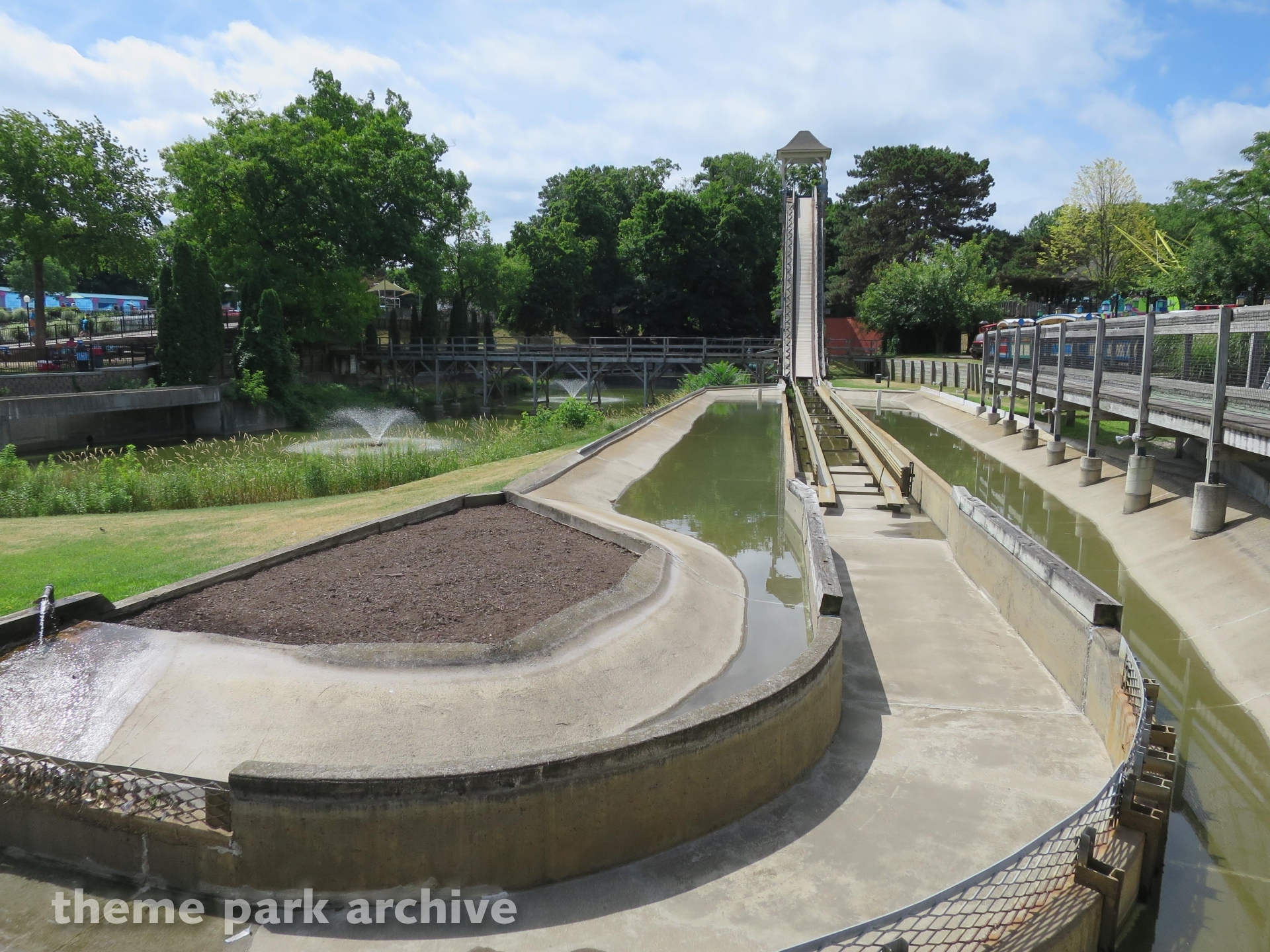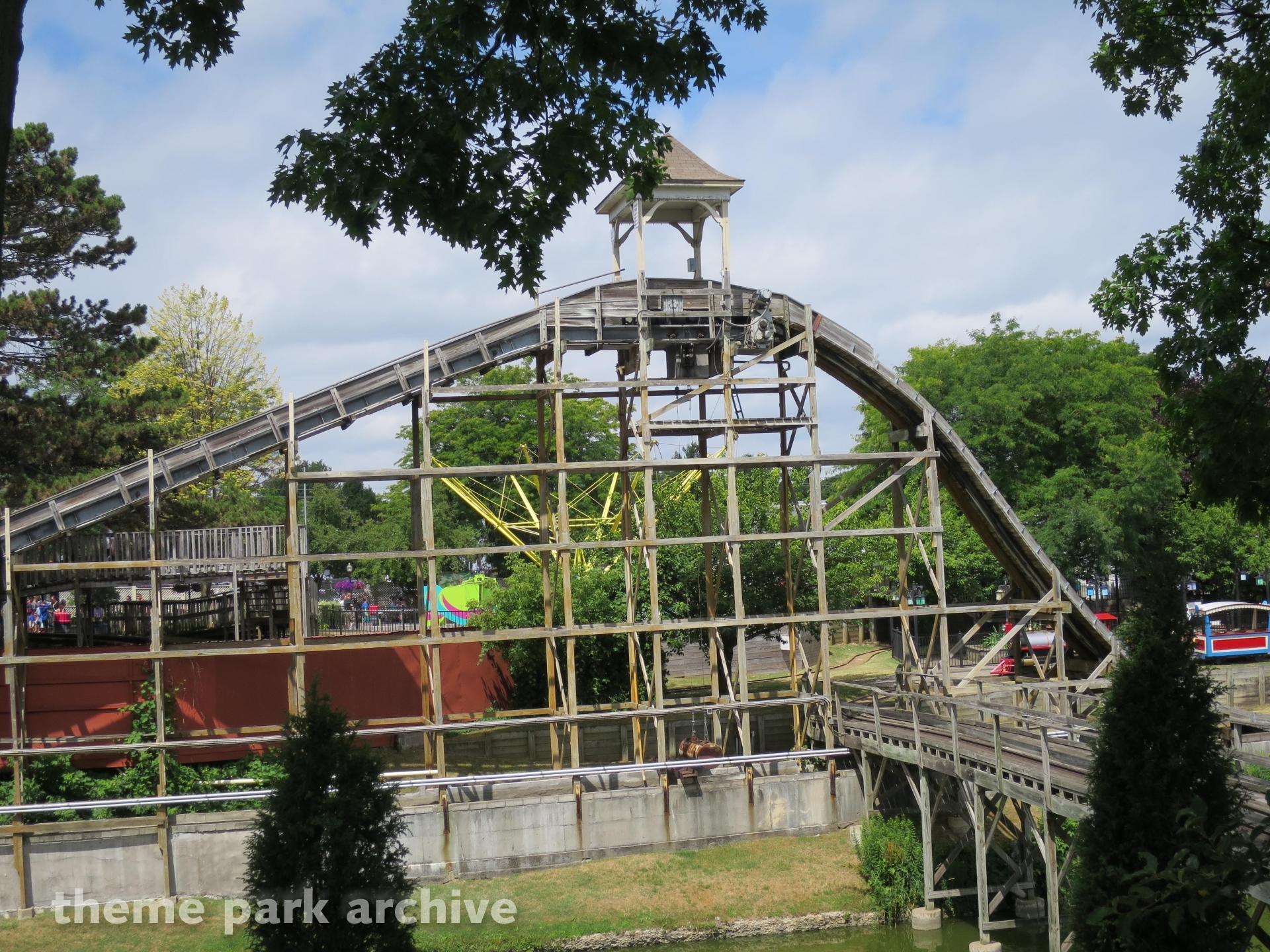

While not especially notable for its height (it has a respectable 40-foot drop), this attraction is the theme park’s second most popular attraction according to the Mall of America blog. It’s hard to remember that you are in a mall when you take a ride on this cool log flume. For example, in Tokyo, they actually have logs designed to reduce the splash so riders don’t get as wet. Each location has something slightly different to offer. It is extremely long – riders will be on the ride approximately ten minutes. Splash Mountain is located in Disneyland, Tokyo Disneyland, and Magic Kingdom at the Walt Disney World Resort. Located in the Dollywood theme park, the ride features a Western theme. Daredevil Falls (Dollywood)ĭaredevil Falls clocks in as one of the fastest log flume rides, racing riders at 60 mph towards a very wet ending. You are guaranteed to get wet! The Los Angeles Times rated this as one of the Top 25 water rides in the United States. Ripsaw Falls (Islands of Adventure)ĭropping a whopping 75 feet, Dudley Do Right’s Ripsaw Falls takes riders through the cartoon themed ride that features one of the longest drops. It is, in fact, the fourth oldest amusement park ride in operation.

However, it’s notable simply for being the first. There’s nothing especially thrilling about the ride itself – it’s not the tallest, fastest or steepest. Some of the most notable include: El Aserradero (Six Flags Over Texas)Įl Aserradero is the first ever log flume ride, opened in 1963. It’s hard to go to an amusement park without seeing a log flume ride. Today, there are more than 50 log flume rides at amusement parks across the United States. Louis Six Flags was being built, they actually built two right from the beginning. The first log flume was opened in 1963 in Six Flags Over Texas, and it was so popular the park added a second one in 1968. That daring spirit would inspire what is the modern-day log flume ride. Still, some daredevils would "shoot the flume," for an afternoon thrill. While loggers occasionally rode logs down the flume to perform safety checks and ensure the flume was working properly, log flume riding was dangerous. Log rides were inspired by the flumes that were used to move logs from mountaintop sawmills to railroad depots using the flow of water and some good, old-fashioned gravity.

They have become an essential component of most amusement parks because they are a familiar aquatic thrill ride that continues to entice new riders. However, many took note of the log’s slow-moving trail throughout the mountain ranges and saw there was potential to “re-invent the wheel,” so to speak - specifically, the engineering company Arrow Development, a company dedicated to developing amusement park attractions.Log flumes are one of the most popular and recognizable amusement park attractions. Thus the seeds for this timeless American attraction were planted.Īs technology continued to advance, the need for these flume systems quickly diminished.

They stated this was to provide constant inspections on their progress, however, it is rumored that there was a minor thrill element involved in this as well. In fact, many of these workers would hop into a log themselves and give the flumes a proper ride-through. Developed in the late 1800s, lumberjacks created a complex system of wooden flumes that used a steady flowing stream of water to deliver the wood to the proper sawmill. This need for innovation inspired America’s first log flume system. Even the brawliest of the lumberjacks would have a difficult time making constant treks to deliver said timber on a daily basis. A popular contender during these times was the lumber industry, which often relied on the lush ecosystem in the western mountains.ĭue to the rough and steep terrain, it was nearly impossible for lumber workers to transport large amounts of wood back and forth. Thus, many had to take a cold hard look towards new industries to make a profit. Where some settlers found bountiful fortunes, others were left with nothing but the scraps. However, the sheer demand for gold was outweighed by the vast amount of settlers competing for a slice of the action. Interestingly enough, the history of these attractions doesn’t come from the minds of theme park engineers, but from the rustic frontier of America’s booming lumber industry.ĭuring one of America’s most notable moments in history, the Gold Rush inspired thousands of pioneers to flock to California.


 0 kommentar(er)
0 kommentar(er)
